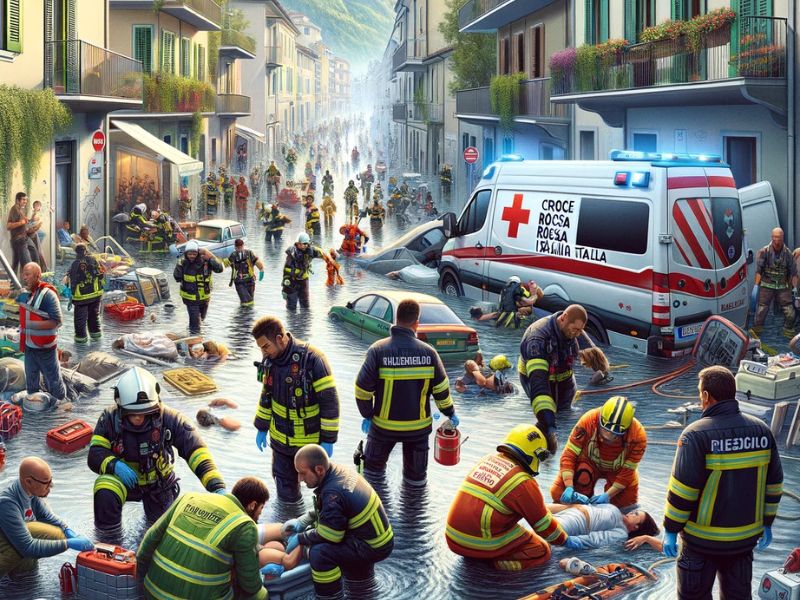
Italy's Response to Natural Disasters: A Complex System
An exploration of coordination and efficiency in emergency response situations
Italy, due to its geographical location and geological characteristics, is often prone to various natural disasters, including floods, landslides, and earthquakes. This reality necessitates a well-organized and efficient emergency response system. In this article, we delve into how the Italian rescue system functions and its primary challenges.
The emergency response system
Italy’s emergency response system is a complex coordination of various agencies and organizations. It includes the Department of Civil Protection, local authorities, volunteers, and non-governmental organizations like the Italian Red Cross. These organizations work together to provide immediate assistance in affected areas, including evacuating people, providing temporary shelter, and distributing aid.
Challenges and resources
Challenges include managing multiple events, such as floods and landslides, that can occur simultaneously in different parts of the country. This requires efficient resource distribution and rapid mobilization of responders. Italy has also invested in advanced technologies and early warning systems to enhance its response capability.
Community involvement and training
A crucial aspect of the response system is the involvement of the local community. Training and educating the public on how to respond in emergencies are essential for reducing risks and improving the effectiveness of rescues. This includes preparedness for earthquakes, floods, and other disasters.
Recent examples of disaster response
Recently, Italy has faced several natural emergencies, such as floods in the northern part of the country that required immediate intervention. In these cases, the Italian Red Cross and other organizations provided essential assistance, demonstrating the effectiveness of Italy’s emergency management system.
In conclusion, Italy’s system for responding to natural disasters is a model of coordination and efficiency, constantly adapting to address the challenges presented by an ever-changing environment.


